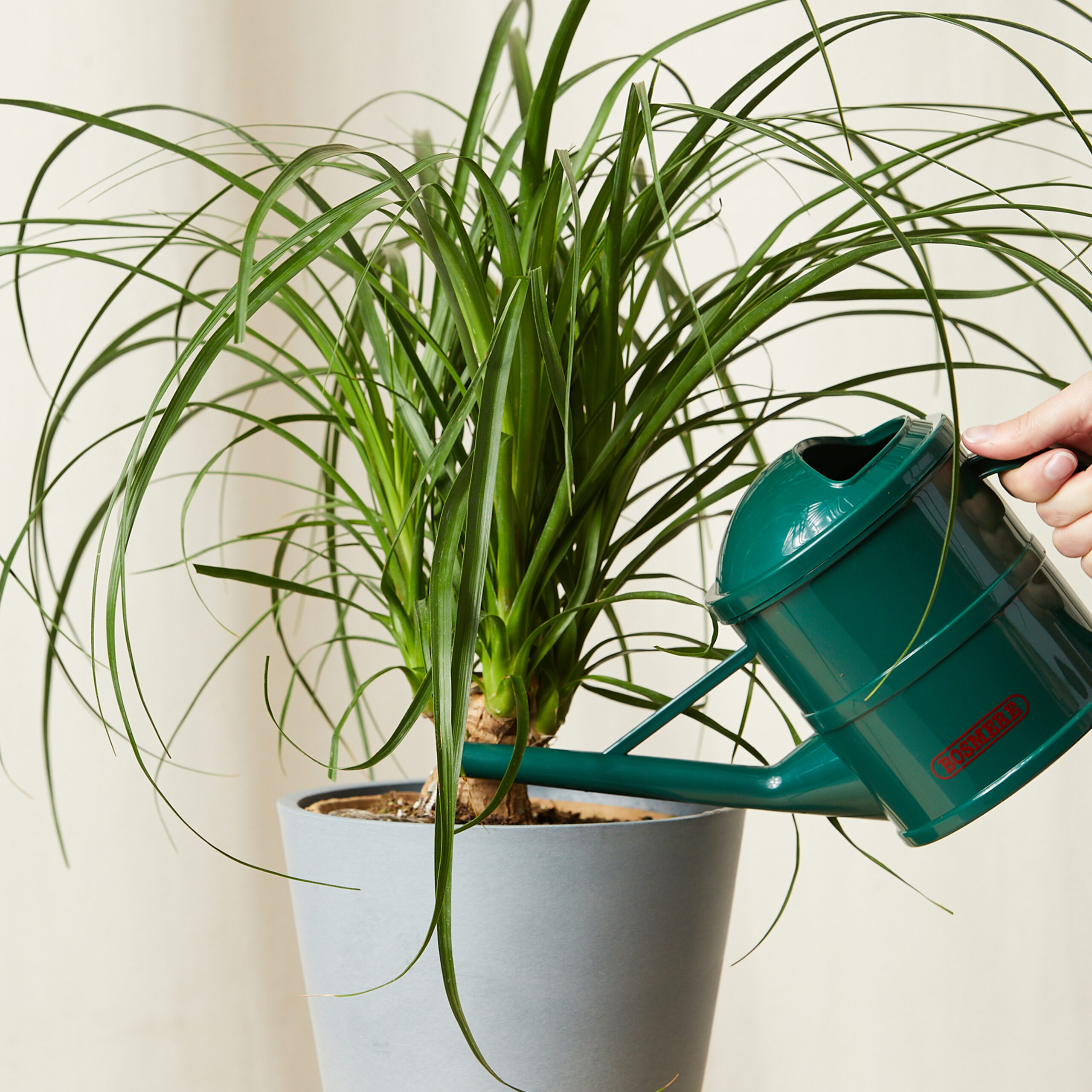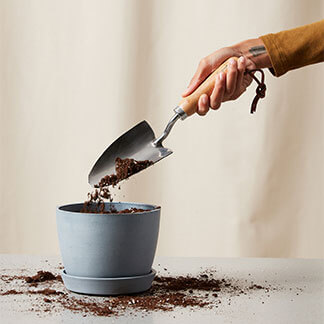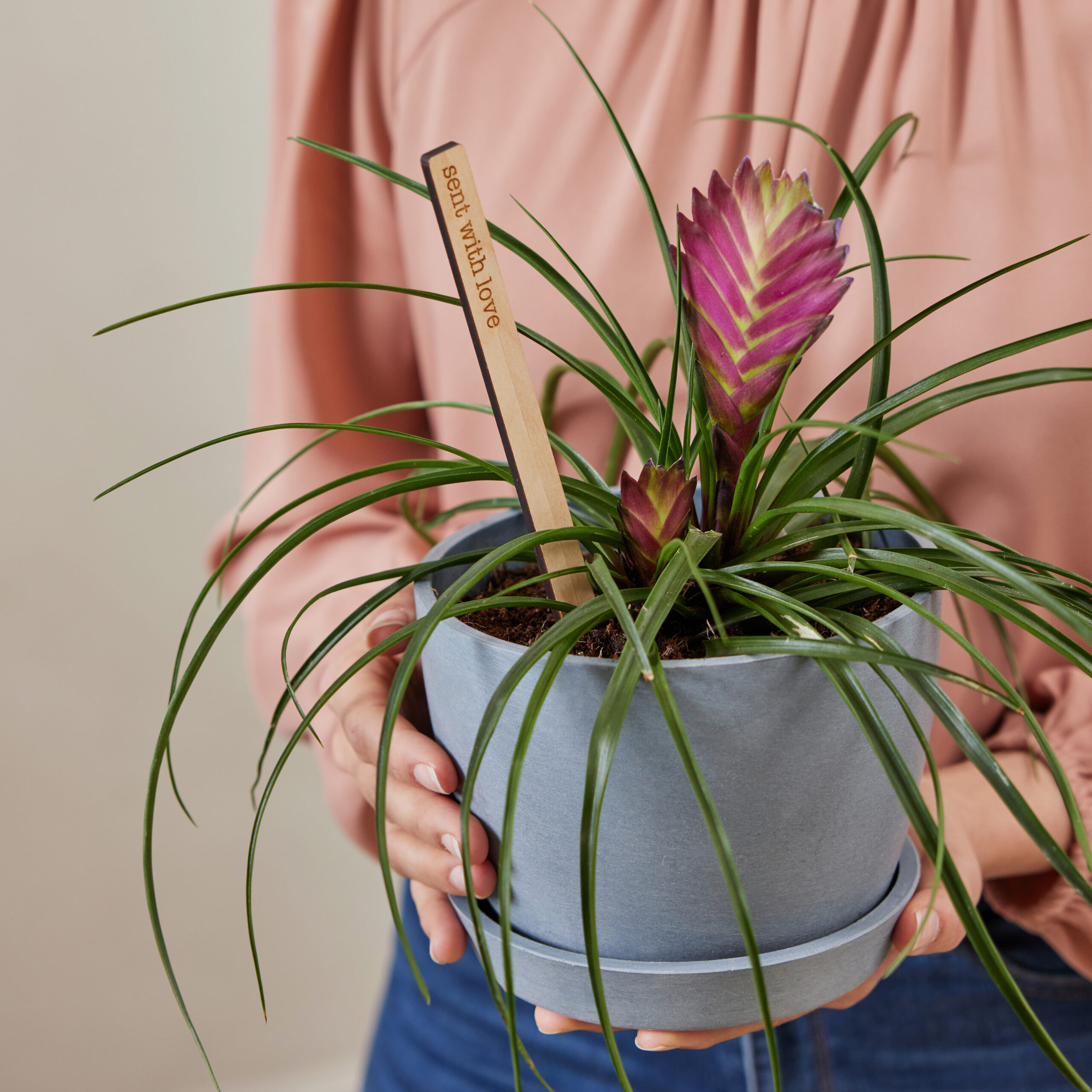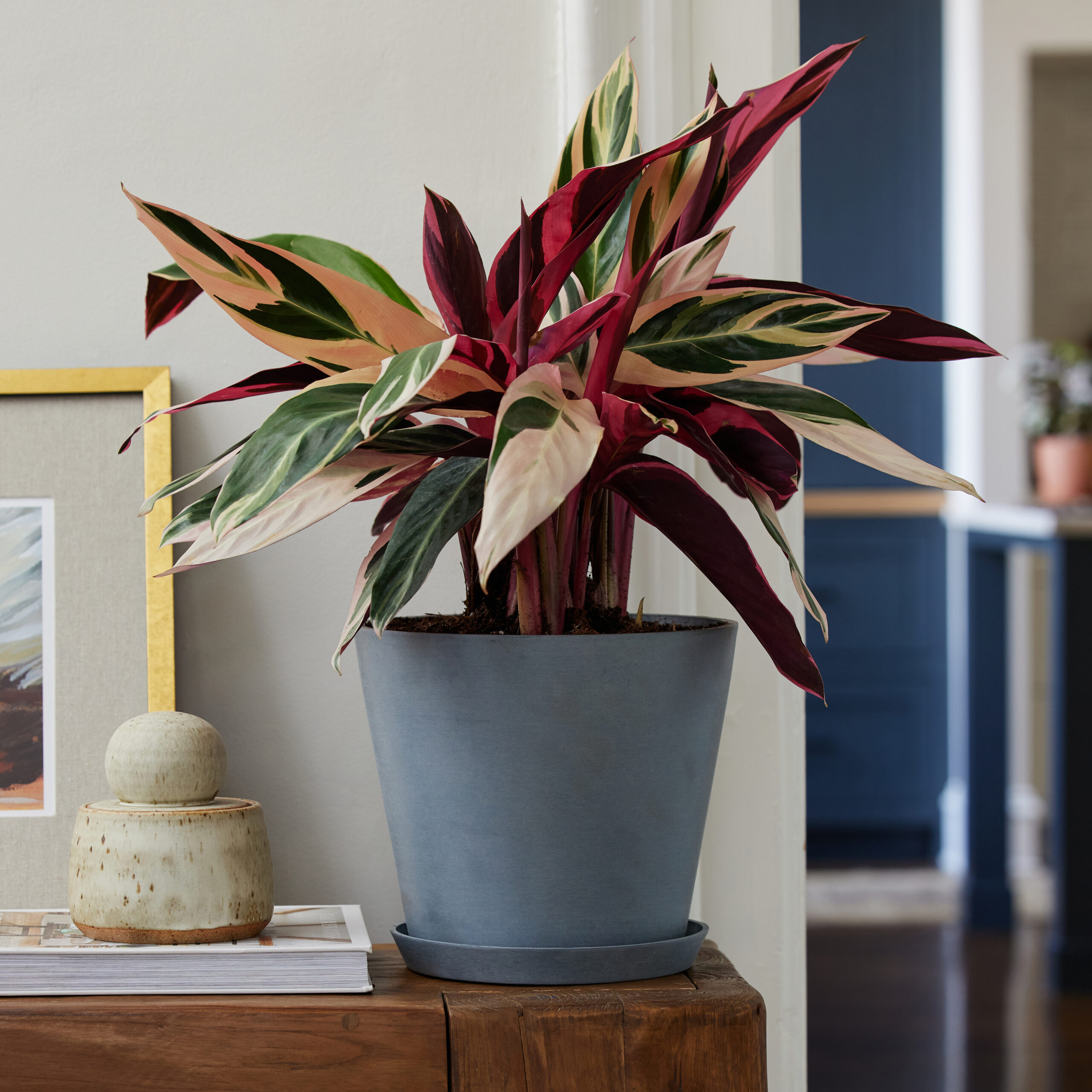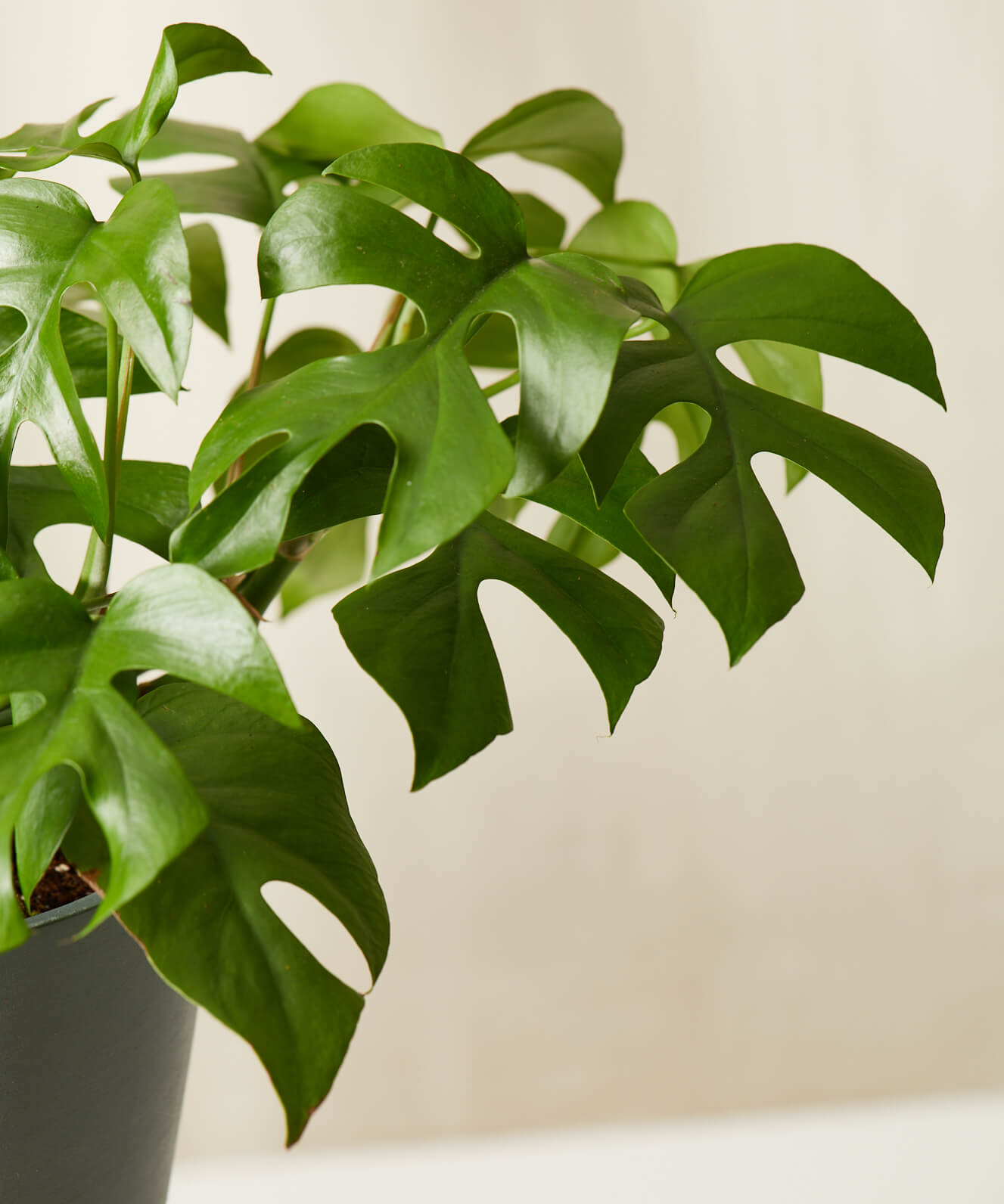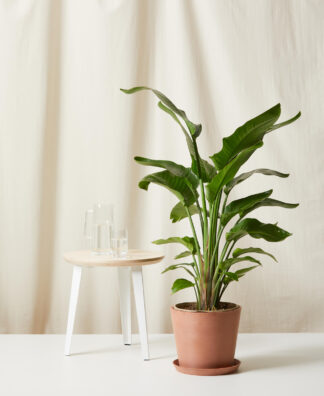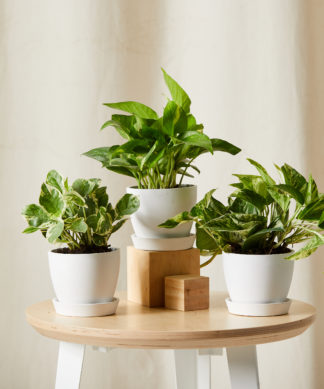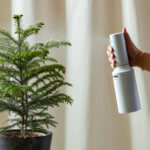How to care for your Rhaphidophora
Use these instructions to care for a Rhaphidophora. This guide will tell you how to water a Rhaphidophora; its light, temperature, humidity preferences and any additional care it might need to help it grow.
Rhaphidophora
Your Rhaphidophora prefers bright, indirect light. It can survive in medium light conditions but may stop growing or produce smaller leaves. Do not put it in full, direct sunlight—the sun will burn the foliage.
Water your Rhaphidophora when the top 50-75% of the soil is dry. Water until liquid flows through the drainage hole at the bottom of the pot and discard any water that has accumulated in the saucer.
Basic household humidity is fine for your Rhaphidophora, but higher humidity encourages larger leaves. Your plant will benefit from the occasional misting.
Your Rhaphidophora will grow best in temperatures between 70-80 degrees. Keep it away from drafts, especially during the winter months.
Feed once a month during the spring and summer with a liquid fertilizer for indoor plants.
Rhaphidophora leaves are toxic to pets and humans. Typically, ingestion will result in swelling of the lips and tongue, and stomach irritation with possible vomiting.
Regularly remove any dead leaves from the plant to encourage healthy new growth. Cut leaves close to the stem with clean, sharp shears. Wash the leaves frequently to prevent dust from clogging the pores.


